Septic Tanks and Water Quality
Use the button below to learn how a Septic System works.
Septic systems are remarkable wastewater treatment devices that combine both natural and constructed features to ensure that wastewater is properly treated after leaving the home and before being introduced back into water systems in the environment. But, as with all sophisticated appliances, they require regular care and attention to ensure proper operation. It is very important that these systems are properly installed and maintained to prevent water contamination.
Drinking Water Contamination
When a septic system fails, untreated contaminants can be introduced into drinking water sources through groundwater transport of septic effluent into a well or spring. This kind of contamination is of particular concern if a well is located too close to a septic drainfield or is not dug deeply enough. Soil and topography also play a roll in the contamination risk because the more quickly wastewater infiltrates the ground, the greater the risk of wastewater being introduced to a drinking source before being properly filtered. In our watershed, thin soils and fractured bedrock can quickly transport groundwater, so it is very important that drain fields are appropriately located to avoid the risk of drinking water contamination.
Surface Water Impact
Improperly treated wastewater in groundwater can also enter surface waters through natural springs. Likewise, when a septic failure leads to sewage seepage above ground that wastewater can then be directly transported to surface waters through storm runoff. Septic effluent contains dangerous pathogens, high levels of phosphorus & nitrogen nutrients and other contaminants of concern in our watershed. Nutrients, especially phosphorus, cause eutrophication or accelerated growth of algae in freshwater which leads to low oxygen levels, dirty water, risks of toxins and generally unpleasant conditions. These effects combined with the introduction of pathogens and other pollutants impair the ability of waterbodies to support drinking water capture, recreation, and the health and viability of the natural ecosystems that depend on these resources.
Prevent Failures
In addition to proper installation, care and operation are also keys to the long term effectiveness of septic systems so that they recharge groundwater systems with clean, treated water. The tank must be pumped and inspected regularly to be sure solids do not overfill the tank and clog the system. It is important to protect the drainfield by never driving or storing heavy equipment on the ground above it and by directing flow from rain gutters and other storm water runoff away from the field. Trees and woody shrubs should also not be planted near the tank or field to protect the system from their roots.
Everything that goes down the drain will enter the septic tank. Remember to limit the use of harsh chemicals in drain water, eliminate as many solids such as kitchen scraps as you can and never flush or wash trash or garbage into the system. Chemicals are harmful to the microorganisms in the tank and soil, food solids elevate nutrients in the septic effluent and garbage will cause clogging/overflows in the system and cause the tank to fill quickly.



